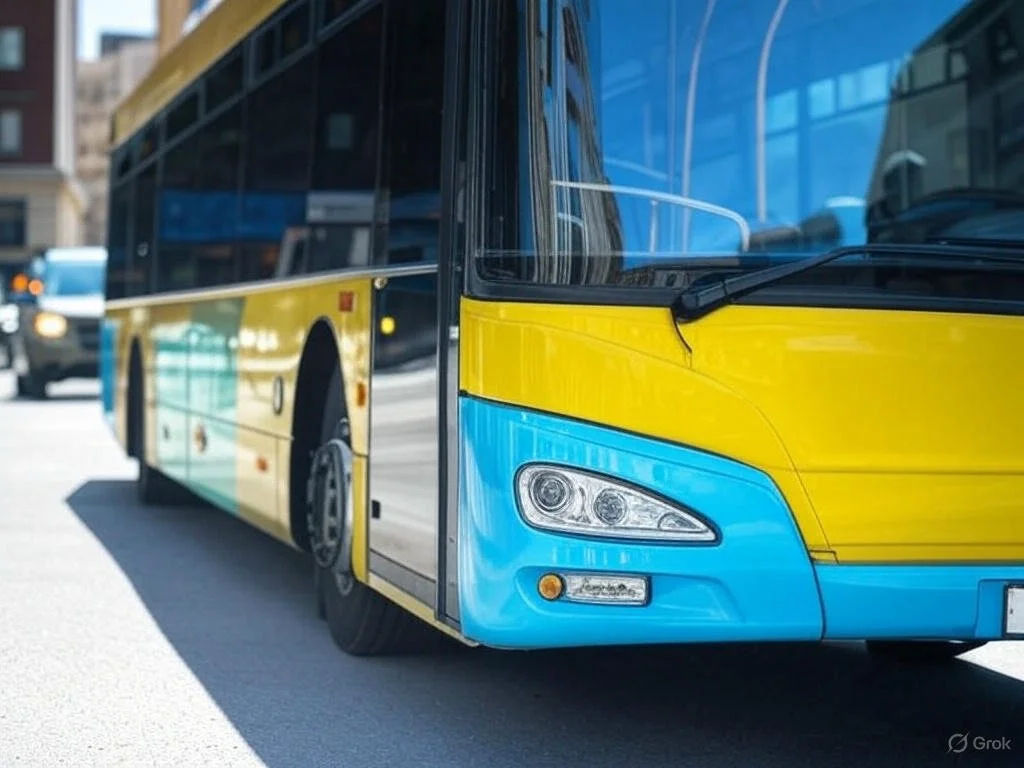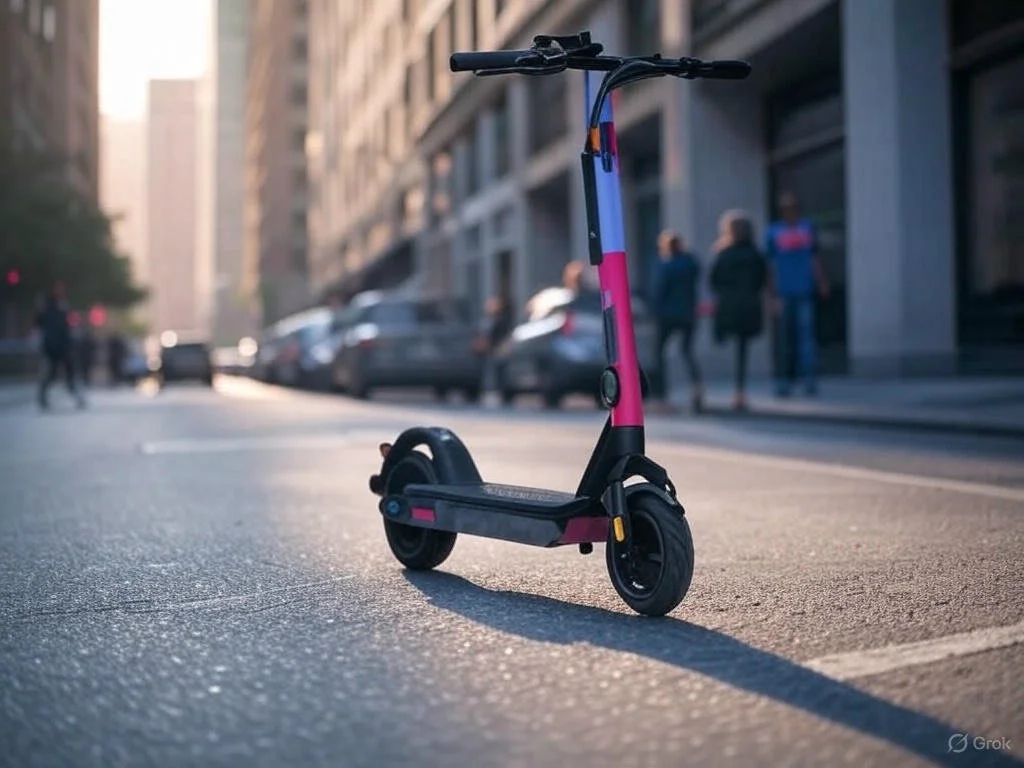Mission
To Enhance Decision-Making Using Interactive ML and OR-Driven Web-based Tools!
What is a Tool?
Tools are user-friendly web applications designed to support planning and operations through interactive data and model-driven analysis. They allow users to adjust inputs, explore scenarios, and receive real-time feedback. Tools are built to be intuitive, cloud-based, and accessible to a wide range of users.
Tools VS Dashboards
Tools are often confused with dashboards, but they serve different purposes. Dashboards focus on historical data and descriptive analytics to help users understand past and current trends. In contrast, tools not only visualize and manipulate data but also support “what-if” scenario analysis using predictive and prescriptive analytics, enabling deeper exploration and decision-making.
“Beyond Arc-GIS, Tableau, and Power-BI !”
What is Operations Research (OR)?
Operations research (OR) is a field of mathematics that uses analytical methods for better decision-making. Despite its long life since its birth at the Second World War, the field has advanced further on “Research” than “Operations.”
What is Machine Learning (ML)?
Machine Learning (ML) is a branch of artificial intelligence that enables systems to learn patterns from data and improve performance without being explicitly programmed. While ML has seen rapid growth in recent years, its applications often remain limited to academic or highly specialized settings.















